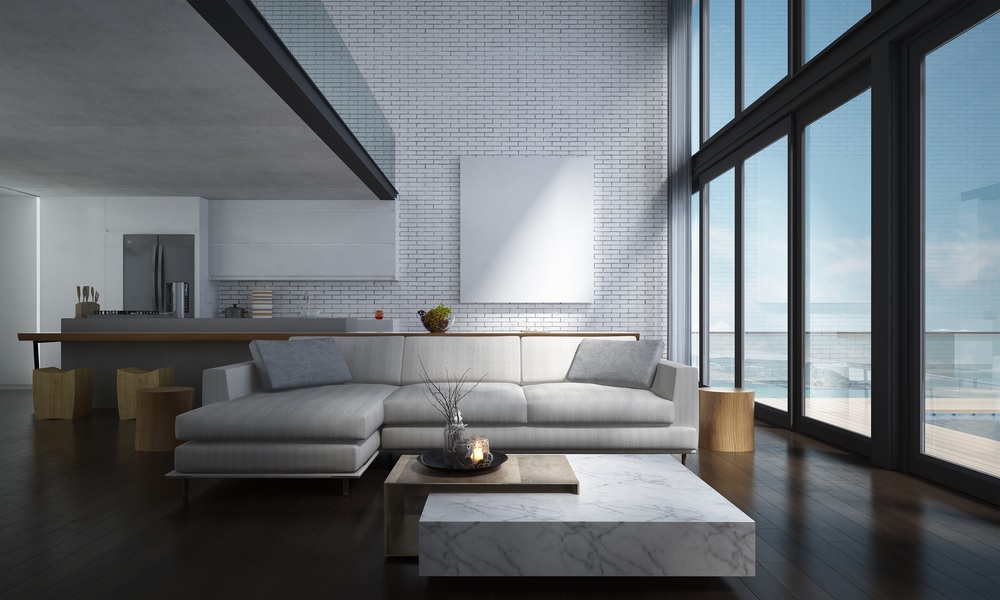The Influence of Minimalist Japanese Aesthetics in Modern Interiors

Minimalism has been a popular interior design trend for several years now. The simplicity and functionality of minimalist design have been embraced by many homeowners and interior designers. One of the main influences behind this trend is the minimalist Japanese aesthetic. Japanese design principles have been incorporated into modern interiors to create a timeless and sophisticated look. In this article, we will explore the influence of minimalist Japanese aesthetics in modern interiors.
The Concept of Wabi-Sabi
One of the key principles of Japanese design is the concept of Wabi-Sabi, which is the acceptance of imperfection and transience. This principle emphasizes the beauty of simplicity, natural materials, and the passage of time. In modern interiors, this translates to the use of natural materials such as wood, stone, and bamboo. These materials are left in their natural state, with imperfections and irregularities celebrated rather than hidden.
The Importance of Negative Space
Another important principle of Japanese design is the use of negative space. Negative space, or empty space, is just as important as the objects in a room. In Japanese design, negative space is used to create a sense of calm and tranquility. This is achieved by minimizing clutter and keeping only essential items in a room. In modern interiors, negative space is used to create a sense of openness and flow. This is achieved by using neutral colors, clean lines, and simple shapes.
The Beauty of Simplicity
Japanese design is known for its simplicity, and this principle has been embraced in modern interiors. Minimalist design emphasizes the use of simple shapes and clean lines. In Japanese design, this simplicity is achieved by using natural materials and minimizing ornamentation. In modern interiors, this simplicity is achieved by using a limited color palette, minimalist furniture, and unadorned surfaces.
The Role of Light
Lighting is an important element in Japanese design. In traditional Japanese architecture, natural light is used to create a sense of harmony with the surrounding environment. In modern interiors, this principle is achieved by using large windows, skylights, and light-colored surfaces to reflect light. This creates a sense of openness and connection to the outdoors.
The Use of Traditional Japanese Elements
Finally, modern interiors often incorporate traditional Japanese elements such as shoji screens, tatami mats, and sliding doors. These elements add a touch of authenticity to the modern interior and help to create a sense of balance and harmony. Shoji screens, for example, are used to divide spaces while allowing light to pass through. Tatami mats are used as flooring and provide a soft and comfortable surface to walk on. Sliding doors are used to create flexible spaces that can be opened or closed as needed.
The influence of minimalist Japanese aesthetics in modern interiors has created a timeless and sophisticated design trend. By embracing the principles of Wabi-Sabi, negative space, simplicity, and light, modern interiors have become a reflection of the natural beauty and simplicity of Japanese design. By incorporating traditional Japanese elements, modern interiors have added a touch of authenticity and balance to the minimalist aesthetic. This design trend is sure to continue to influence interior design for years to come.




